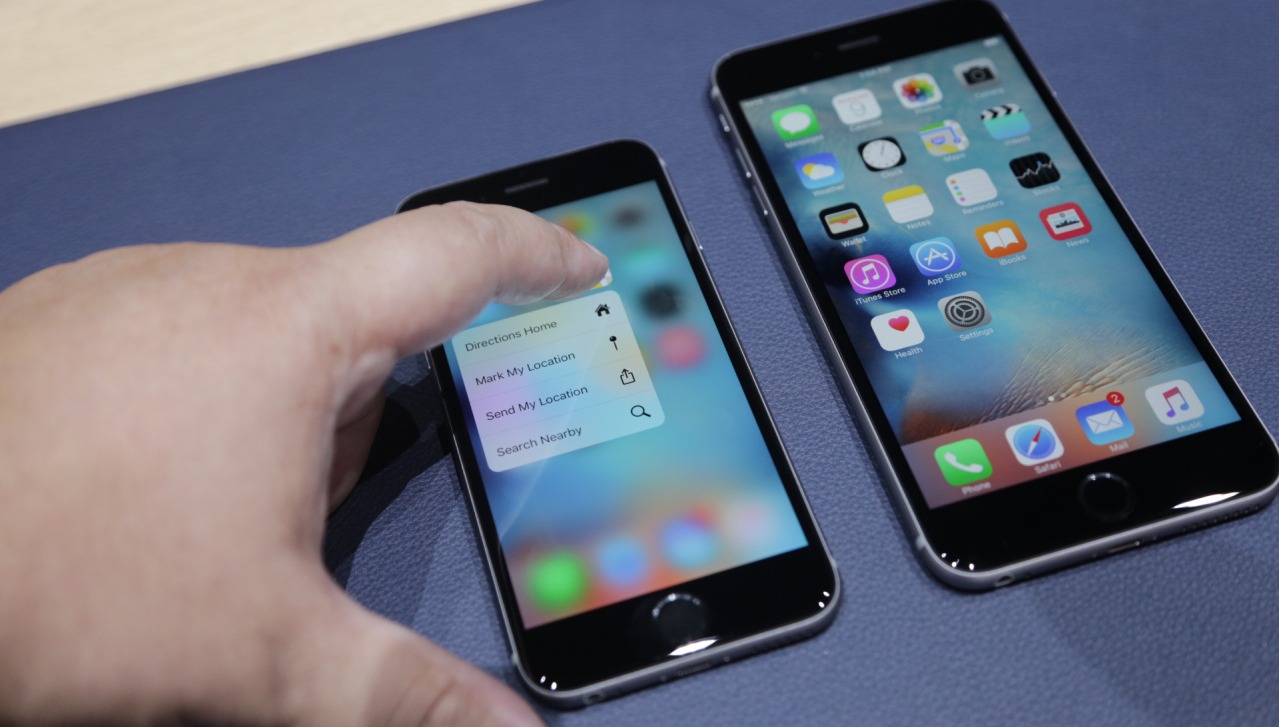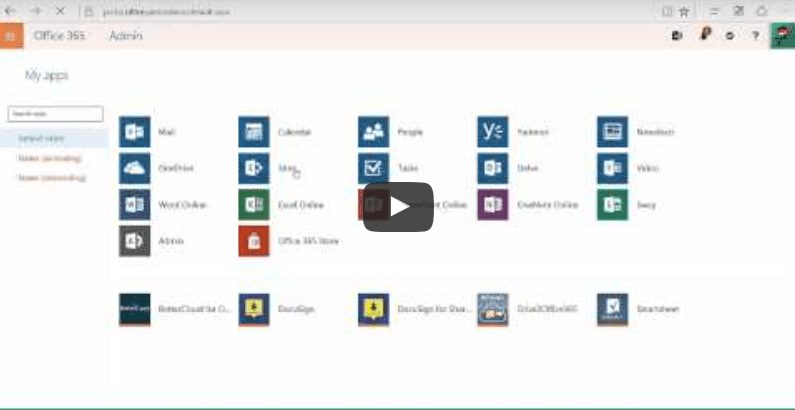
Live and on-demand: Cloud fuels transformation in broadcasting
Posted September 10, 2015 by Rainer Kellerhals - Senior Business Development Manager, Worldwide Industry & Global Accounts, as written on Microsoft.com
A few years ago, pioneers in the media and cable industry began exploring cloud technologies, with early efforts largely focused on facilitating on-demand scenarios at lower cost.
This week at IBC, the cloud is everywhere. Media companies all over the world are adopting cloud strategies, not just for on-demand video, but also for live sports events and live entertainment, content management, editorial collaboration, audience analytics, and ad scheduling — from the back office, through production, to interactions with viewers themselves.
Moving operations to the cloud allows companies to set up a new program or even a new channel in a very short timeframe — without investing tens of millions of dollars. That elasticity is a key advantage, and so is the ability to support the multitude of content formats necessary today across smartphones, tablets, PCs, set-top boxes and gaming consoles. Through the cloud, companies can leave these formerly expensive technical challenges to their providers and focus on delivering great content and experiences.
If there’s one point that illustrates this shift, it’s the emergence of live broadcasting on cloud platforms. When something goes wrong with an on-demand movie, it can be annoying to say the least, but ultimately, viewers can always start the movie over again. That’s not the case with a live soccer match — interrupt that broadcast, and you may have a riot on your hands.
Sporting events don’t get much bigger than the FIFA World Cup Championship, which was streamed live by broadcast partner HBS using the innovative Diva player designed by Italian solution-provider deltatre.
Another European institution also made its way to the cloud this year, when Austrian broadcaster ORF and the European Broadcasting Union were able to stand up the entire infrastructure for the vastly popular Eurovision Song Contest, which is broadcast across 45 networks and reaches 200 million people worldwide. Using Office 365, Yammer and Microsoft Azure for the back-end infrastructure, ORF and EBU delivered apps for audience voting online, supported more than 1,700 journalists covering the event, and connected hundreds of volunteers along with countless TV stations and other partners.
These kinds of events are only getting easier. Recently, Imagine Communications, a global market leader in broadcast solutions, announced a partnership with Microsoft to make its studio-quality encoding and workflow engine Zenium available as a component of Azure Media Services. This new cloud-based solution will be demonstrated this week at IBC as the new Azure Media Services Premium Encoder, giving broadcasters a new tool to stream content to virtually any type of device, anywhere in the world. (Microsoft is announcing other new services and partnerships at IBC.)
Cloud technologies are also empowering broadcast journalists to achieve more when it comes to creating content. The cloud powers the x.news news-gathering engine from Austrian firm x.art. Technologies like Skype TX are enabling instant live coverage and live interviews from across the globe. The BBC and several broadcasters in Germany are using SharePoint-based solutions like the BBC’s Journalism Portal for editorial planning and collaboration across teams, sites and channels.
Historically such organizations have relied on separate editorial teams for online, television and radio services. Using standard productivity tools like Office 365, they can bring those processes together into one platform to share story proposals and coordinate content development for multiple channels, formats and languages.
Behind the screen, the cloud is also supporting business processes for media companies. One big theme we’re seeing in this regard is business intelligence. At IBC, the IM Group is showing a solution that can mine audience data, such as how many people have been watching a certain program, at what time, the viewers’ locations, what channel they tuned in from and what channel they switched to next.
IM Group’s solution can also combine that data with information from other sources such as social networks to analyze viewership and determine which audiences — age groups, genders, income brackets — have been watching a certain program, and what kind of social media resonance that program is creating. During a political debate, for example, IM Group is able to analyze spikes in activity on Facebook and Twitter around certain keywords and perform sentiment analysis on those comments.
With this capability, broadcasters can understand granular details, such as which plots people like or which characters they identify with, and actually use that information to adjust a show’s narrative and story arc. At the end of the day, it’s all about making their programming more commercially successful, increasing viewership and generating more revenue.
And that commercial side of the business — such as rights and royalties management, program planning and media sales — is also benefitting from the cloud. In addition to its Azure media encoder, Imagine Communications has launched CloudXtream, a cloud-based media and playout solution spanning advertising, traffic and billing, automation, and multiservice. Imagine has also announced its first customer running its Landmark advertising management solution, one of the most widely used in the industry, in the cloud.
In the old days when it cost $20 million to set up a new broadcast channel and purchase all the hardware, the satellite dish connections or the cable lines, the kind of agility we’re seeing today was simply not possible. But now, with the cloud, broadcasters have an entirely new world of technologies and tools to work with — and new ways of connecting with their audiences and monetizing their services.
Continued Reading

September 17, 2015
3D Touch Will Change The Way You Use Your iPhone Via @TechCrunch
3D Touch Will Change The Way You Use Your iPhone […]
LEARN MORENews and Events

September 18, 2015
Add Custom Tiles and Pin to the App Launcher in Office 365 via 365 Ninja
[vc_row][vc_column][vc_column_text] We regularly mention the app launcher in our 365 […]
LEARN MOREinthetechknow

